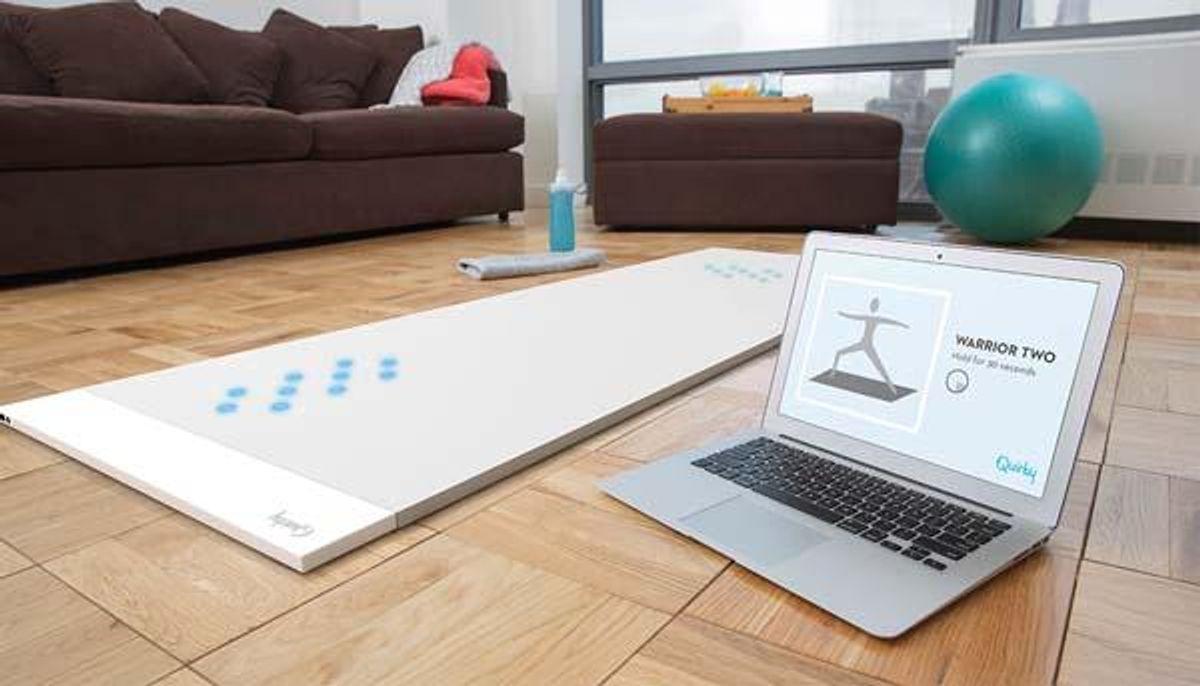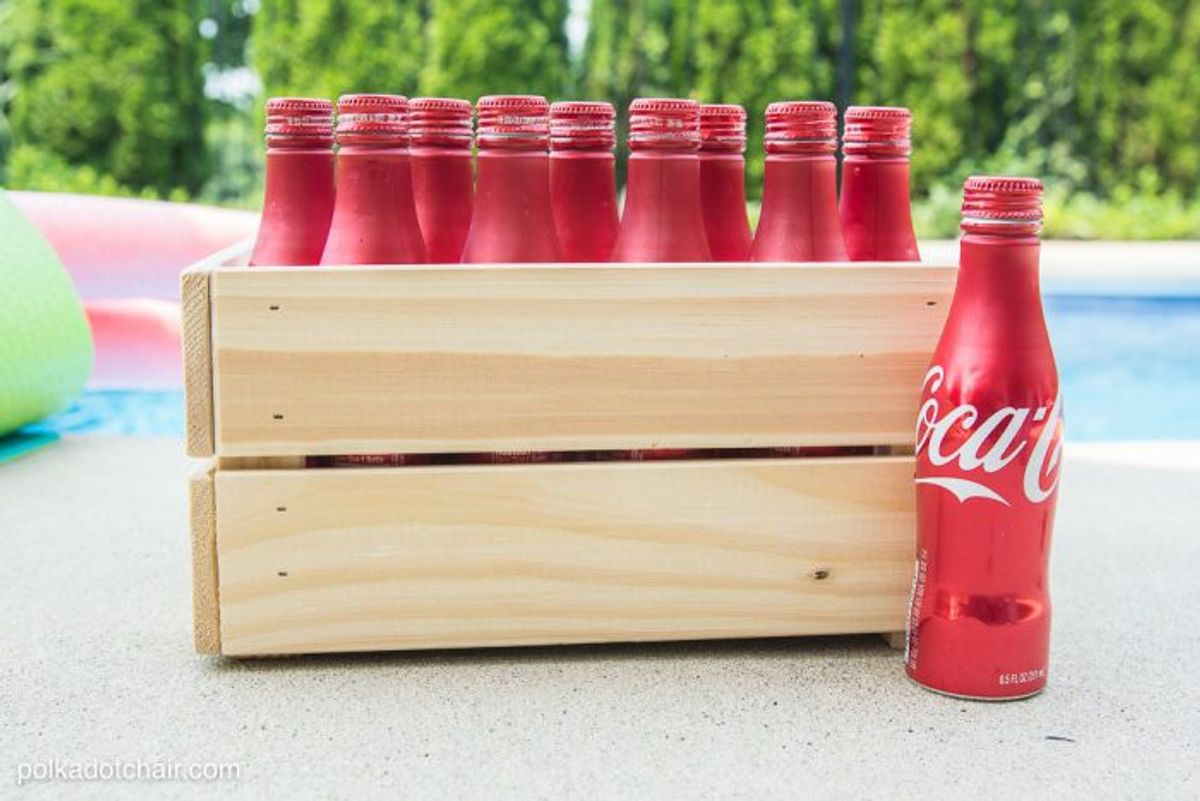
5 Essential Features to Look For in Your Next Yoga Mat
When it comes to enhancing your yoga practice, selecting the right yoga mat can make a significant difference. Not only does a good mat provide the necessary support and comfort, but it also helps to improve your stability and alignment during various poses. With a myriad of options available in the market, it can be overwhelming to choose the perfect one. To assist you in making an informed decision, here are five essential features to consider when shopping for your next yoga mat.
Key Takeaways
- The material and texture of the yoga mat are crucial for grip and comfort; options range from PVC to natural rubber or cork.
- Thickness and cushioning affect your comfort and balance; a mat too thin might hurt your joints, while a mat too thick can decrease stability.
- Size and shape should accommodate your body and the types of poses you perform, providing ample space without being cumbersome.
- Durability and longevity are important to ensure that your mat withstands regular use and doesn't degrade quickly, making it a good investment.
- Eco-friendliness and sustainability are key for those looking to make environmentally conscious choices; mats made from recycled or natural materials are preferable.
1. Material and Texture
Understanding different yoga mat materials is essential for choosing the right one. Materials like natural rubber, PVC, cork, and TPE offer unique benefits for grip, durability, and eco-friendliness. The texture of your yoga mat contributes significantly to your stability and comfort during practice.
- Natural rubber provides excellent grip and is eco-friendly.
- PVC is highly durable and offers good traction.
- Cork is antimicrobial and has a natural feel.
- TPE is a lightweight and recyclable option.
The right combination of material and texture can greatly enhance your yoga experience, ensuring you stay stable and comfortable throughout your practice.
2. Thickness and Cushioning
The thickness of your yoga mat is a pivotal factor in determining your comfort during practice. A thicker mat can provide the necessary cushioning to alleviate pressure on the knees, elbows, and wrists, enhancing the overall experience. However, too much thickness might affect stability for balance poses.
When considering thickness, it's important to balance comfort with stability. Here's a quick guide to help you decide:
- 1/8 inch (3 mm): Standard thickness, a good compromise between comfort and balance.
- 1/4 inch (6 mm): Offers extra cushioning, suitable for those with joint sensitivity.
- 1/16 inch (1.5 mm): Travel-friendly, but less supportive.
While a standard mat might suffice for many, if you have joint sensitivity or prefer additional comfort, opting for a thicker mat could be beneficial. It's essential to consider your personal needs and the types of yoga you practice most often.
3. Size and Shape
The size and shape of your yoga mat can greatly influence your practice. A mat that's too small can restrict your movements, while one that's too large can be cumbersome to carry and store. Choose a mat that complements your body size and the type of yoga you practice.
Most standard yoga mats are about 68 inches long and 24 inches wide, but variations exist for taller individuals or those who prefer more space. Here's a quick reference:
- Standard: 68" L x 24" W
- Extra Long: 72" L or longer
- Wide: Up to 36" W
Ensure the mat's shape allows for comfortable practice, whether it's a traditional rectangle or a more specialized design for particular poses.
When considering the shape, think about the types of poses you frequently do. Some mats come with alignment marks to help guide your positioning, which can be especially beneficial for beginners or those working on perfecting their form.
4. Durability and Longevity
When selecting a yoga mat, durability and longevity are crucial factors to consider. A mat that withstands the test of time not only provides better value for money but also ensures a consistent practice surface. Look for mats made from high-quality materials known for their resilience, such as natural rubber or high-density PVC.
Thickness and density often play a role in how well a mat endures frequent use and resists wear and tear. However, a balance must be struck, as overly thick mats can compromise stability for certain poses.
It's important to note that the care and maintenance of your yoga mat can significantly impact its lifespan. Regular cleaning and proper storage are essential to prevent degradation.
Here are a few indicators of a durable yoga mat:
- Resistance to stretching and tearing
- Ability to retain shape and not crumple
- Resistance to moisture and sweat
- Quality of construction, such as uniformity and absence of imperfections
5. Eco-Friendliness and Sustainability
In the quest for a healthier lifestyle, the impact of our choices on the environment cannot be overlooked. Choosing an eco-friendly yoga mat is not just a personal benefit but a commitment to sustainability. These mats are often made from natural or recycled materials, reducing the carbon footprint associated with synthetic production.
When considering eco-friendliness, look for mats with certifications that guarantee their low environmental impact. For instance, certifications from reputable organizations ensure that the materials and processes used are sustainable. Below is a list of certifications you might find when shopping for an eco-friendly yoga mat:
- Global Organic Textile Standard (GOTS)
- OEKO-TEX Standard 100
- Certifications from Forestry
It's essential to consider the lifecycle of your yoga mat. An eco-friendly mat should be both sustainably produced and recyclable or biodegradable at the end of its life.
By investing in an eco-friendly yoga mat, you not only support the environment but also align your yoga practice with the principles of mindfulness and respect for nature.
Embrace a greener practice with our range of eco-friendly yoga mats and accessories at Yune Yoga. Our commitment to sustainability is woven into every product, ensuring that your yoga journey supports both your well-being and the health of our planet. Make a positive impact with every pose by choosing our Eco Mats, designed for the eco-conscious yogi. Visit our website today to explore our environmentally responsible collection and take a step towards a more sustainable lifestyle.
Conclusion
Choosing the right yoga mat is crucial for enhancing your practice and ensuring comfort and stability. Throughout this article, we've explored the five essential features to look for in your next yoga mat, including material quality, thickness and cushioning, texture and grip, size and portability, and eco-friendliness. By considering these key aspects, you can find a mat that not only supports your yoga journey but also aligns with your personal values and lifestyle needs. Remember, a well-chosen yoga mat can be a transformative tool in your practice, providing the foundation for a strong, focused, and serene yoga experience. Take the time to select a mat that resonates with you, and you'll be well on your way to a more fulfilling and comfortable practice.
Frequently Asked Questions
How does the material of a yoga mat affect my practice?
The material of a yoga mat can affect your comfort, grip, and stability during your practice. Materials like PVC offer durability and stickiness, while natural rubber provides a more eco-friendly option with excellent grip.
What thickness should I look for in a yoga mat?
The ideal thickness of a yoga mat depends on your personal preference for cushioning and the type of yoga you practice. A standard yoga mat is about 1/8 inch thick, but if you need more support for your joints, a thicker mat around 1/4 inch may be better.
Does the size and shape of a yoga mat really matter?
Yes, the size and shape of a yoga mat should accommodate your height and the space you have available. Standard mats are typically around 68 inches long, but taller individuals may want a longer mat. The shape is usually rectangular, but there are also square or round options for different practices.
How can I tell if a yoga mat is durable?
A durable yoga mat is usually made of high-quality materials that resist tearing and stretching. Look for mats with good reviews regarding longevity, and consider the warranty or guarantee offered by the manufacturer.
Are there eco-friendly yoga mats that are also high-performing?
Yes, there are many eco-friendly yoga mats made from natural or recycled materials that do not compromise on performance. Look for mats made from natural rubber, jute, or organic cotton that provide good grip and comfort.
How do I maintain my yoga mat to ensure it lasts longer?
To maintain your yoga mat, clean it regularly with mild soap and water or a yoga mat cleaner, avoid exposing it to extreme temperatures, and store it properly by rolling it up loosely or hanging it to prevent creases.

